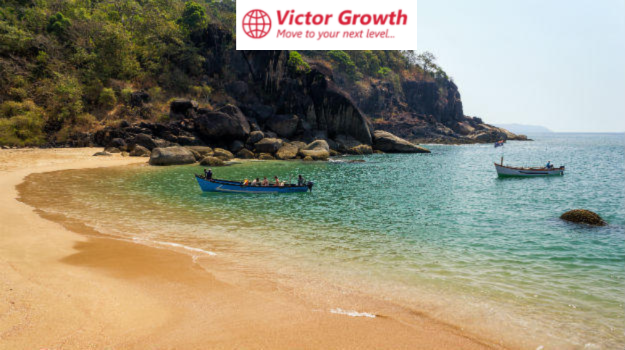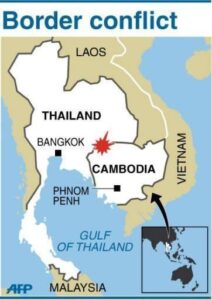India’s coastline has witnessed substantial growth over the past five decades, increasing from 7,516 km in 1970 to 11,098 km in 2023-24, according to a report by the Ministry of Home Affairs (MHA). This expansion—an impressive 47.6% rise—is attributed to the adoption of a new methodology for measuring coastal features, reflecting the dynamic and diverse nature of India’s shoreline.
Key Highlights of Coastline Expansion
-
Gujarat’s Dominance
Gujarat led the expansion with its coastline almost doubling, growing from 1,214 km in 1970 to 2,340 km in 2023. It remains the state with the longest coastline in India. -
Bengal’s Record Percentage Growth
Bengal’s coastline increased by an exceptional 357%, rising from 157 km to 721 km, marking the highest percentage growth among all states and Union Territories (UTs). -
Tamil Nadu Overtakes Andhra Pradesh
Tamil Nadu’s coastline grew from 906 km to 1,068 km, surpassing Andhra Pradesh’s revised length of 1,053 km. -
Puducherry’s Shrinking Shoreline
Contrary to the trend of expansion, Puducherry’s coastline, including areas like Karaikal, Yanam, and Mahe, shrank by 4.9 km (10.4%), reflecting the impact of erosion and other geographical changes. -
Kerala’s Modest Increase
Kerala recorded the smallest growth, with an addition of just 30 km, representing a 5% increase in its coastline length.
New Methodology: A Game-Changer
The updated methodology, developed under the guidance of the National Maritime Security Coordinator, incorporates modern techniques to measure complex coastal formations such as:
- Bays
- Estuaries
- Inlets
- Other geomorphological features
Unlike the straight-line measurements used in 1970 by the National Hydrographic Office and Survey of India, the new approach provides a more accurate representation of India’s diverse maritime boundaries.
Maritime Economy and Biodiversity
India’s expansive coastline plays a critical role in its maritime economy and biodiversity, spanning the mainland and several islands. It is bordered by:
- The Bay of Bengal to the east
- The Indian Ocean to the south
- The Arabian Sea to the west
The coastal regions include:
- Nine States: Gujarat, Maharashtra, Goa, Karnataka, Kerala, Tamil Nadu, Andhra Pradesh, Odisha, and Bengal
- Four Union Territories: Daman & Diu, Lakshadweep, Puducherry, and the Andaman & Nicobar Islands
These regions support vital activities such as trade, fisheries, and tourism, contributing significantly to India’s GDP.
Boost to Infrastructure and Economy
States like Andhra Pradesh have been focusing on port development to enhance economic activities. Projects such as Ramayapatnam, Krishnapatnam, and Kakinada Gateway are expected to:
- Improve logistics
- Drive industrialization
- Create employment opportunities
- Foster urbanization
India’s growing coastline not only underscores its geographical and economic evolution but also emphasizes the need for sustainable coastal management to preserve its ecological balance.






